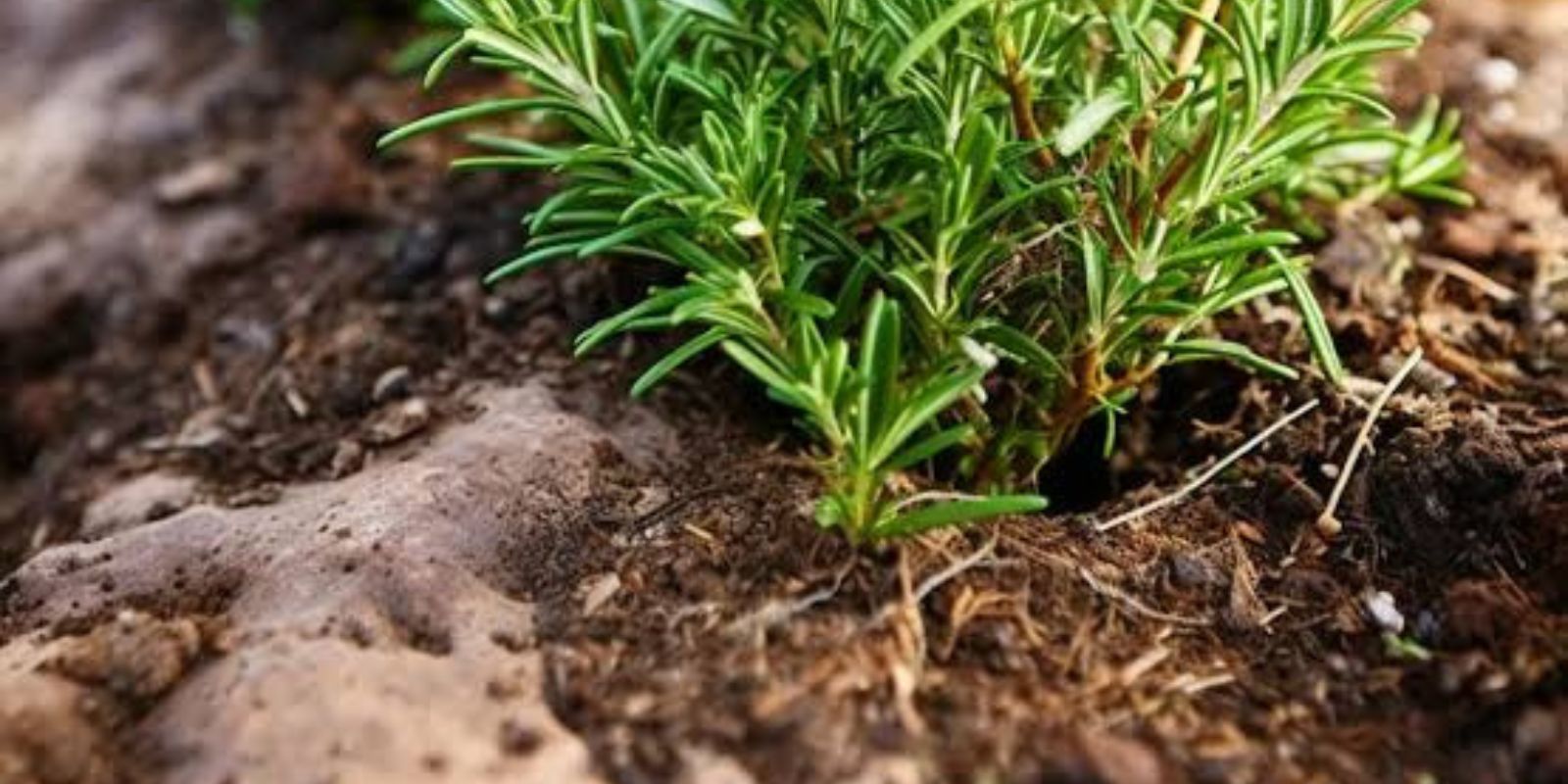Introduction
Rosemary, with its aromatic leaves and versatile culinary uses, is a cherished herb among gardeners. This hardy perennial is not only easy to grow but can also live for over a decade if cared for properly. However, ensuring your rosemary remains vibrant and lush for years requires specific attention to its unique needs. In this article, we’ll explore the secrets behind growing strong, thriving rosemary plants that stand the test of time.
Understanding Rosemary’s Natural Habitat
Rosemary is native to the Mediterranean, thriving in sunny, warm, and dry conditions. Mimicking its natural environment is the key to its longevity. If you provide the right combination of light, soil, water, and care, your rosemary plant can grow into a robust shrub that produces aromatic leaves year after year.
1. Choose the Perfect Spot
The first step to growing a thriving rosemary plant is selecting the ideal location. Rosemary loves sunlight and warmth, making its placement critical.
- Sunlight Requirements: Place your rosemary plant in a location that gets at least 6–8 hours of direct sunlight daily. Whether grown outdoors in a garden bed or indoors in a pot, light is essential for its health.
- Temperature: While rosemary is drought-tolerant, it struggles in freezing temperatures. If you live in a colder climate, consider planting it in a container so you can move it indoors during winter.
- Protection from Harsh Winds: While rosemary is hardy, strong winds can damage its delicate leaves. Ensure it’s planted in a sheltered area.
2. Plant in Well-Draining Soil
Rosemary hates soggy roots. Its Mediterranean origins mean it prefers dry, sandy, or loamy soil.
- Ideal Soil Mix: Use a mixture of garden soil, sand, and organic compost to create a well-draining medium. This prevents waterlogging while still providing essential nutrients.
- pH Level: Rosemary thrives in slightly acidic to neutral soil with a pH between 6.0 and 7.0.
Tip: If planting in pots, ensure the container has good drainage holes to avoid water buildup.
3. Water Sparingly
One of the most common mistakes gardeners make is overwatering rosemary.
- Watering Schedule: Allow the topsoil to dry out between waterings. Stick your finger about an inch into the soil—if it feels dry, it’s time to water.
- How Much Water?: Rosemary prefers deep but infrequent watering. Overwatering can lead to root rot, one of the main killers of rosemary plants.
- Humidity: If grown indoors, rosemary can benefit from occasional misting, especially in dry climates.
4. Regular Pruning for Longevity
Pruning is a critical step in maintaining the health and lifespan of your rosemary plant. It encourages new growth, prevents woodiness, and keeps the plant looking lush.
- When to Prune: Prune rosemary lightly after it finishes flowering. Avoid heavy pruning during winter or dormant periods.
- How to Prune: Use sharp, clean pruning shears to remove 2–3 inches from the tips of the branches. Focus on cutting leggy or overgrown stems to shape the plant and encourage bushy growth.
- Remove Deadwood: Periodically inspect the plant for dead or woody stems and remove them to stimulate new growth.
Tip: Prune regularly to maintain the plant’s compact shape and prevent it from becoming too woody, which can shorten its lifespan.
5. Feed Rosemary with Care
While rosemary doesn’t require heavy feeding, occasional fertilization can give it the boost it needs to thrive.
- Type of Fertilizer: Use a balanced, slow-release organic fertilizer. Compost tea or diluted fish emulsion are excellent natural options.
- Frequency: Feed rosemary once every 6–8 weeks during the growing season (spring and summer). Avoid over-fertilizing, as it can cause leggy growth.
Bonus Tip: Sprinkle crushed eggshells around the base of the plant to add calcium and improve soil structure.
6. Repot and Replant for Health
If you’re growing rosemary in a container, repotting every 1–2 years is essential to prevent the roots from becoming cramped.
- When to Repot: Choose spring for repotting, as the plant is entering its active growth phase.
- Container Size: Use a pot 1–2 inches larger than the current one, with proper drainage holes.
- Fresh Soil: Replace the old soil with a fresh, nutrient-rich mix to encourage healthy growth.
7. Protect Against Pests and Diseases
While rosemary is relatively pest-resistant, it’s not immune to problems.
- Common Pests: Watch out for aphids, spider mites, and whiteflies. Use insecticidal soap or neem oil to address infestations.
- Diseases: Root rot, caused by overwatering, is the most common issue. Ensure proper drainage and avoid waterlogged soil.
8. Overwintering Rosemary
In regions with cold winters, rosemary may struggle to survive outdoors.
- Indoors Care: If temperatures drop below freezing, bring potted rosemary indoors. Place it near a bright window with plenty of sunlight.
- Reduce Watering: Rosemary grows slower in winter, so reduce watering frequency during this time.
9. Harvest Thoughtfully
Harvesting rosemary regularly not only provides fresh herbs for cooking but also keeps the plant healthy.
- How to Harvest: Snip off the tips of branches as needed. Always leave enough foliage to allow the plant to continue photosynthesizing.
- Drying Rosemary: If you have a surplus, dry the leaves by hanging sprigs upside down in a cool, dark place.
10. Propagate Rosemary for a Long-Lasting Supply
If you want your rosemary to last beyond 10 years, consider propagating it.
- Method: Take 4–6 inch cuttings from healthy stems. Remove the lower leaves and place the cuttings in water or a sandy potting mix. Roots will develop in a few weeks, allowing you to plant new rosemary shrubs.
Conclusion
Growing rosemary that thrives for over a decade is simpler than you might think. By providing the right conditions, pruning regularly, and giving it just enough attention, you can enjoy a beautiful, fragrant herb that enhances both your garden and your kitchen.
💬 Have you tried any of these tips? Share your rosemary-growing experiences and tricks below! Let’s keep the conversation going!

